| Plant Habit: | Shrub |
| Life cycle: | Perennial |
| Sun Requirements: | Full Sun to Partial Shade Partial or Dappled Shade |
| Water Preferences: | Wet Mesic Mesic |
| Soil pH Preferences: | Strongly acid (5.1 – 5.5) Moderately acid (5.6 – 6.0) Slightly acid (6.1 – 6.5) Neutral (6.6 – 7.3) Slightly alkaline (7.4 – 7.8) |
| Plant Height: | 8 feet |
| Leaves: | Deciduous Broadleaf |
| Fruit: | Showy Edible to birds Other: Edible to bears and small mammals |
| Fruiting Time: | Summer |
| Flowers: | Showy |
| Flower Color: | Yellow |
| Suitable Locations: | Bog gardening |
| Uses: | Erosion control Medicinal Herb Will Naturalize |
| Wildlife Attractant: | Birds |
| Resistances: | Fire Resistant |
| Toxicity: | Other: The berries are bitter and unpalatable, and may be edible, mildly toxic or poisonous to humans, depending on the source. |
| Pollinators: | Various insects |
| Conservation status: | Least Concern (LC) |

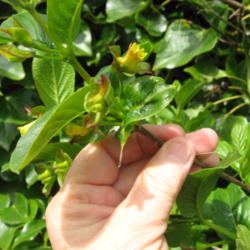
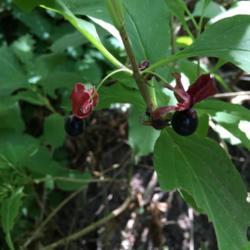
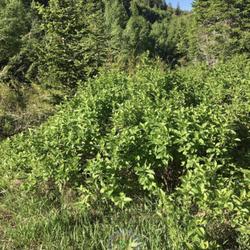
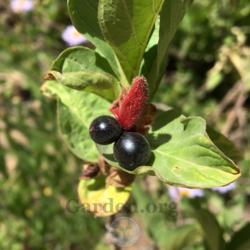
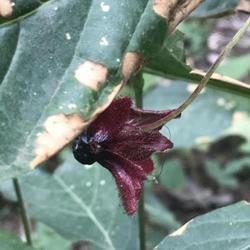

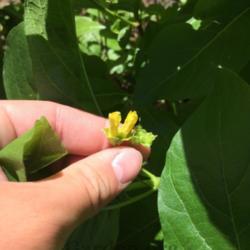
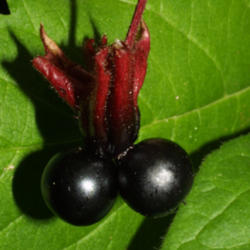

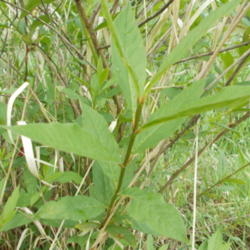
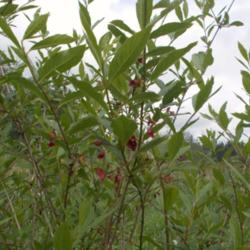


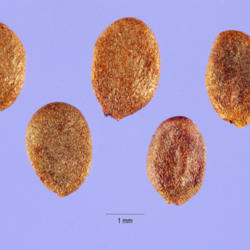
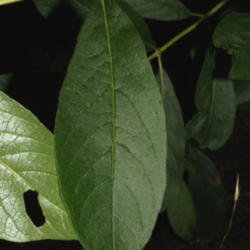

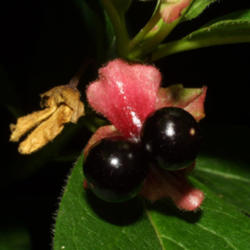
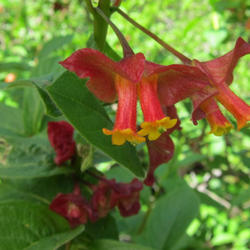
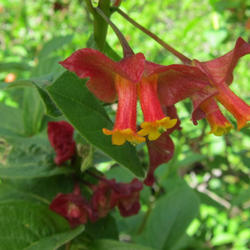
« Add a new plant to the database
» Search the Honeysuckles Database: by characteristics or by cultivar name
« See the general plant entry for Honeysuckles (Lonicera)